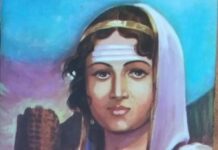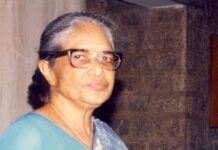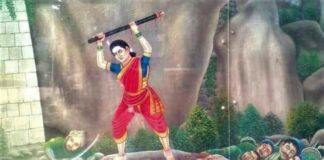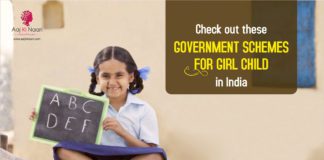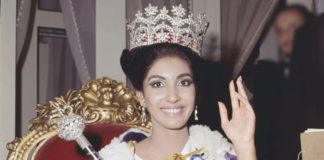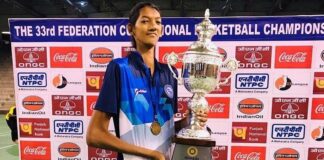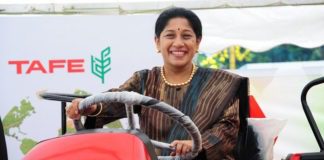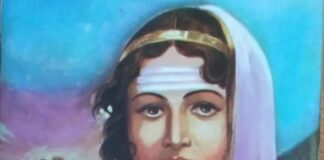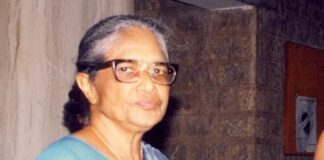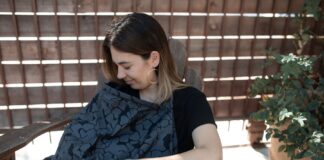Who was Bina Das:
Bina Das was an Indian freedom fighter who played an essential role in the Indian freedom struggle. The revolutionary Bina Das was a name that symbolized a solemn commitment to restore India’s identity as a free nation, and through her actions. She actively participated in many campaigns against the British governance in India. She is famous for her bold move when she fired five shots at the Bengal governor Stanely Jackson. She had to endure a five-year imprisonment for this. Below are a few details of Bina Das:
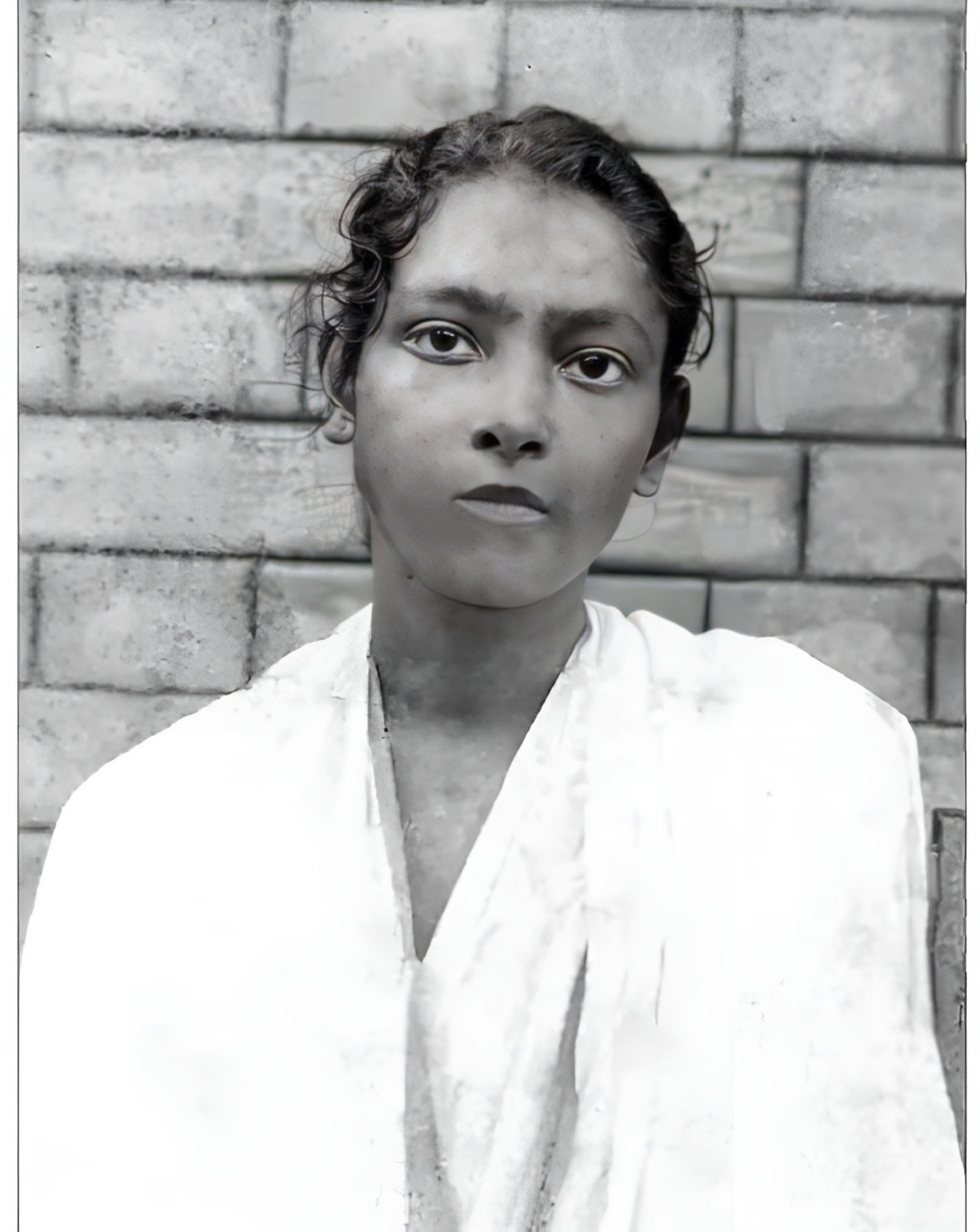
Birth Details:
Bina Das Baidya was born on 24 August 1911 at Krishnanagar in Nadia district of West Bengal.
Parents Details:
Her Father Beni Madhab Das was a teacher and her mother Sarla Devi was a social worker. She was born into a Brahmin family.
Education:
Bina Das completed her early education at St. John’s Diocesan Girls’ Higher Secondary School. She graduated in English literature from Bethune College, Calcutta University.
Friend:
Bina Das was very close to Suhasini Ganguli who was also a freedom fighter.
Bina Das Early Family Upbringing:
She was born to educationist parents who were active in social work. They were deeply engaged in the ideology of Brahmo Samaj and were a part of the Indian freedom struggle along with Netaji Subhas Chandra Bose. Her parents supported activities for the upliftment of women and women’s rights in Bengal. Her mother set up an organisation named “Sarala Punyashram” which worked for the assistance and development of destitute and helpless women in Bengal. Her father who belonged to Chittagong was one of the mentors of Netaji Shubhash Chandra Bose.
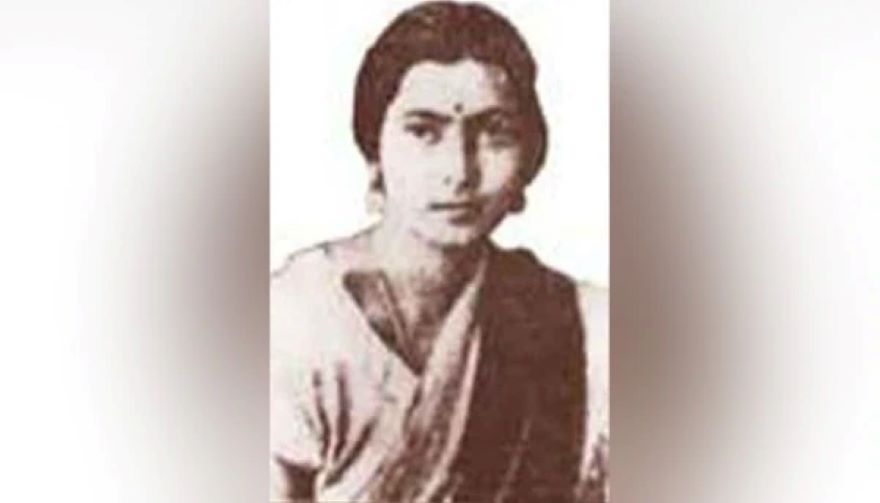
Bina Das Elder Sister:
Her elder sister Kalyani Das was also a freedom fighter. She was influenced by the guidance of her elder sister and parents.
Married Life:
Bina Das died wedding knot with Jatish Chandra Bhaumik. He was an Indian independence movement activist of the Jugantar group. But she did not stop her struggle for freedom after marriage.
Interest in Marxism:
Bina Das had a keen interest in socialist and communist ideologies. She advocated for the re-establishment of Marxism in accordance with the country’s needs.
The Impact of Netaji Subhash Chandra Bose in her Early Life:
Shubhash Chandra Bose had the guidance of her father, who acted as one of his role models. He usually visited Bina Das’ house. She was inspired by his thoughts, perspective, and belief system. She attended many of his rallies, lectures, seminars, and speeches. His political beliefs appealed her. It shaped her tender mind and she became active in the Indian freedom struggle against the Britishers.
The Influence of British Rule on Her Developing Mind:
It all started when a famous writer named Sarat Chandra Chattopadhyay wrote a book called “Pather Dabi” in 1926. Everyone loved the book, but the British Government didn’t. They banned it because it talked about wanting freedom for India. But Bina somehow got a copy.
Instead of studying for her English exam, Bina read “Pather Dabi” non-stop. When her teacher asked the class to write about their favourite book, she chose it without hesitation. But when the grades came out, Bina didn’t do well.
It turned out that writing about a banned book meant losing marks. But Bina wasn’t sad. She decided something important. She wanted to help India become free. She said to herself, “The marks I lost? They’re my way of helping our country be free.” And from that day, Bina promised to do everything she could to make India independent.
Bina Das Involvement in Chhatri Sangha:
She was a part of Chhatri Sangha (a group in Kolkata mainly for girls and young women.) It started in 1928. The girls in this group learned how to protect themselves using swords and sticks. About a hundred girls from different schools and colleges in Kolkata like Brahmo’s Girls School, Victoria School, Bethune College, Diocesan College, and Scottish Church College were part of it. They learned many things, from self-defence to riding bicycles and driving cars. Some of them even stayed together in a hostel named Punya Ashram, started by Bina Das.
They kept bombs at this hostel to hide them from the police. Kamala Das Gupta, who was also a revolutionary, would carry these bombs in small cases to give them to others. This group also helped recruit more members and was led by important revolutionaries like Dinesh Majumdar.
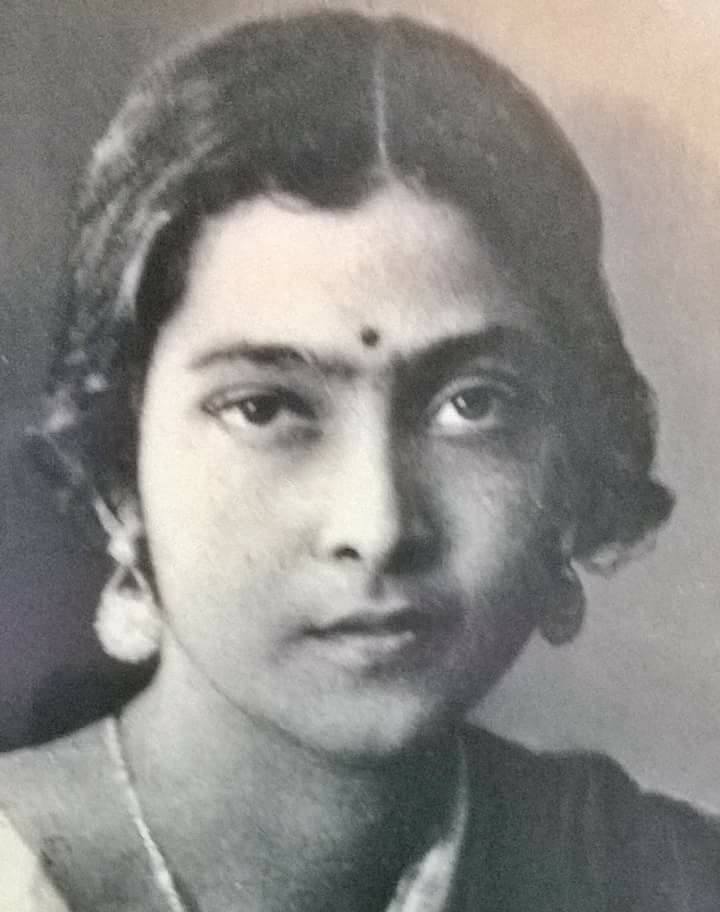
Bina Das Freedom Struggle:
One fateful day on 6 January,1932, the esteemed Bengal Governor Standley Jackson, (who was Known as ‘Jackers’, as he also served as captain of the All-England cricket team) began to address the convocation ceremony of Calcutta University, Bina Das emerged suddenly and did something incredibly brave. While the governor was giving his speech, she took out a pistol from her bag and aimed it at him. Before anyone could stop her, she fired five shots quickly. The hall was filled with loud noise, and everyone was shocked and confused.
Standley Jackson avoided the first two shots. The Vice-Chancellor, Hassan Suhrawardy, acted quickly to protect the governor. Even when he tried to stop her, Bina kept shooting. She fired three more times until she ran out of bullets. One shot barely missed the Governor’s ear, but he wasn’t hurt. Sadly, during the chaos, a senior professor named Dr. Dineshchandra Sen got injured.
Vice-Chancellor Hassan Suhrawardy was honoured with a knighthood for his bravery in protecting the Governor.
Bina’s story spread across newspapers, with such headlines: ‘Calcutta graduate student who tried to assassinate the Governor.’
Bina Das wasn’t a trained assassin, but she took this audacious step knowing that it may potentially ruin her life and career. She was only 21 years old at the time. The revolver used in this incident was supplied by her Chhatri Sangha fellow Kamla Das Gupta.
Bina Das’s Response during the trial:
Bina courageously took full responsibility for her actions. She stated that her attempt to kill Jackson wasn’t driven by personal hatred, but rather by his role as a symbol of colonial rule. Her confession, a five-page document written in English, was censored by the British colonial authorities, yet still managed to circulate widely.
It was during the trial she made her famous statement: “ “I felt I would go mad if I could not find relief in death. I only sought the way to death by offering myself at the feet of the country”.
Punishment for Bina Das by the British Government:
The Special Tribunal, which was set up to judge her, decided to give her nine years of tough punishment for attempting murder under section 307 of the Indian Penal Code. She was immensely pressured during questioning to reveal the names of others involved in the assassin act on Standley Jackson, she remained firm and silent and refused to divulge any information. She was among the boldest female revolutionaries of Bengal.
Consequence of the Assassin Act on Bina Das’s Life:
Bina Das faced the outcome of her actions as the British authorities at Calcutta University withheld her graduation degree. Despite this injustice, her spirit remained unbroken. It was not until 2012, a staggering 81 years later, that justice was finally served, and she was rightfully awarded her degree from the University of Kolkata. Her unwavering courage and perseverance in the face of adversity stand as a testament to her heroic spirit and unshakable will.
The Impact of Bina Das on Other Females:
Her bold actions served as inspiration for numerous young women to join the freedom movement.
Other Efforts of Bina Das for Freedom:
- In 1928, Binas Das and her fellow students protested against the Simon Commission. Their demonstration resulted in a prominent English woman resigning from her position in the institution.
- As the freedom struggle went underground, Das and her peers like Suhasini Ganguli, Shanti, and Ninadas Gupta were motivated by slogans such as “Karenge ya marenge” (We will do or die).
- During the Noakhali riots, Bina Das, under the guidance of Sucheta Kripalani, established and managed a school.
Bina Das Political Career:
Below are the Key Highlights of her Political Career:
- After her release from prison, Bina Das became a part of Congress and actively engaged in the Quit India Movement spearheaded by Mahatma Gandhi and became a member of the revolutionary club, Jugantar.
- She served as the secretary of the Calcutta Congress Committee.
- She held a seat in the Bengal Provincial Legislative Assembly between 1946 and 1947.
- From 1947 to 1951, Bina Das held a position in the West Bengal Legislative Assembly.
- A few years later, in 1941, she assumed the role of secretary of the South Kolkata Congress Committee, and in 1940, she accompanied Gandhiji to Noakhali during riots.
- After independence, she was successful in winning a seat in the provincial assembly; however, Bina Das parted ways with the Congress due to ideological differences.
Bina Das Later Life:
It was reported that she had secured a teaching position to make ends meet thereafter. Even in her later years, she declined to accept the pension for freedom fighters offered by the government.
Bina Das Death:
After her husband died, Bina Das lived alone in Rishikesh and eventually passed away without much recognition. Her lifeless body was found by the roadside on December 26, 1986, in a partially decayed condition. The remains were discovered by the passing crowd. The police were notified, and it took them a month to establish her identity.
As per Bina Das’s relative, she was found unconscious at a bus stand. The police intervened and transported her to the hospital, where she passed away the following day. Towards the end of her life, as some reports indicate, Das died in loneliness, poverty, and obscurity in 1986.
The death of Bina Das remains unresolved in mystery, with no definitive answers. The young Indian woman, who was just 21 years old, and selflessly prioritized her nation over herself. Her passing, however, did not fit the typical heroic narrative of a freedom fighter’s death.
Bina Das Documentary:
The life documentary of Indian freedom fighter Bina Das began broadcasting on DD Bangla on 26 December 2021.
Books and Articles on the Life of Bina Das:
Below is the list of the books on the admirable life of Bina Das:
| Book/Article | Name | Author |
| Book | Bengal Speaks | Kalyani Bhattacharjee |
| Autobiographical Book | Shrinkhal Jhankar | Bina Das |
| Autobiographical Book | Pitridhan | Bina Das |
| Article | Jeeban Adhyayan | Kalyani Das |
| Article | Flash Back: Bina Das-Reborn | Prof Satyavrata Ghosh |
Bina Das’s autobiography, Srinkhal Jhankar, was first written in Bengali in the early 1900s. It was later translated into English by her niece, Dhira Dhar.
In her memoir, Jeeban Adhyayan, Bina Das’s sister Kalyani Das shares how they were both detained in the Hijli Detention Camp. This place, now a museum, is where IIT-Kharagpur stands today.
Bina Das Awards:
Bina Das was posthumously awarded the Padma Shri in 1960 for her contributions to social work and her struggle for Indian independence against the British government.
Unique Recognition by the Ministry of Communication:
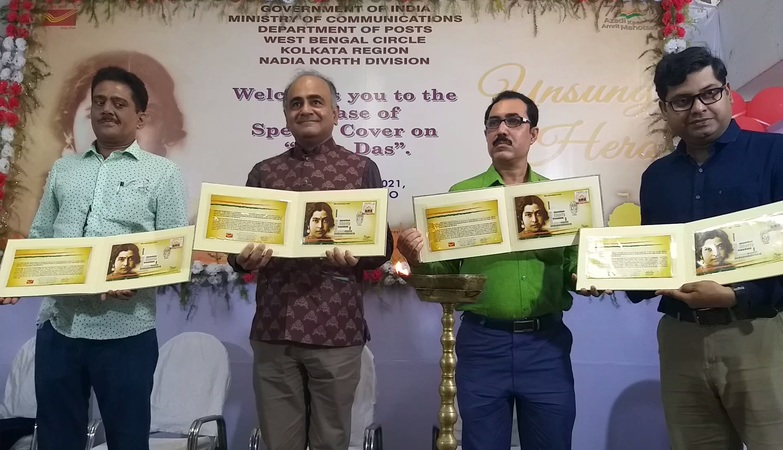
The Indian Postal Services releases a special cover featuring freedom fighter Bina Das on Philately Day. The Department of Posts, under the Ministry of Communication, has introduced a Special Cover to commemorate the contributions of freedom fighter Bina Das to India’s struggle for independence. During the ceremony, Bina Das’ relative, Jay Bhattacharya, also participated virtually and shared insights into her role in the freedom struggle.
The special Covers on “Unsung Heroes of Undivided Bengal”, which brought attention towards revolutionaries of freedom struggle, was released on “Azadi Ka Amrit Mahotsav” event on the 75th year of Independence.
Bina Das and her Unknown Story:
Regrettably, Bina Das remained among the numerous courageous women freedom fighters who were lost in the annals of history, never truly receiving the recognition they deserved. It was for the cause of independent India that Agni Kanya, once hailed for her bravery, had sacrificed everything. In summary, she was an outstanding activist who devoted herself entirely to the cause of liberating her motherland from British rule.
Bina Das is commemorated in Indian history alongside Bhagat Singh, Rajguru, and Preetilata Wadedar, who also bravely took up arms against the colonizers. The nation should remember this touching story, even if it’s late, and salute her, the great lady.
The Indian Freedom Movement and the Role of Females like Bina Das:
When we talk about the struggles and sacrifices of Indians for independence, generally a lot of women do not get enough justice. Many male names come up to our mind, they sacrificed their life indeed. But the role of women is as important as men.
Women also played a significant role in providing extensive motivational support. They assisted by hiding individuals, carrying secret messages, and transporting weapons for the men engaged in the struggle. It’s true that women were raised and treated differently compared to men. However, when it came to freeing Mother India, they displayed their courage by joining in large numbers.
Bina Das is a Forgotten and Unrecognized Role Model of India:
Outside of Bengal, very few people are aware of Bina Das. This lack of recognition is a great tragedy and shows neglect. Her image should be honored on a national symbol, like currency notes or even the next lunar lander. Here is the justification for this: Back in 1932, when she was just 21 years old, she fired five shots at the Governor of Bengal using a gun! She missed him, but no freedom fighter had ever dared to shoot at such a high-ranking British officer. She embodies the courage of an Indian woman.

